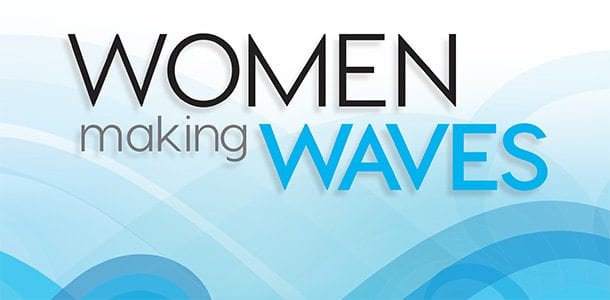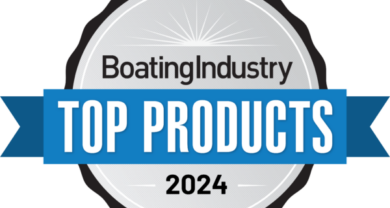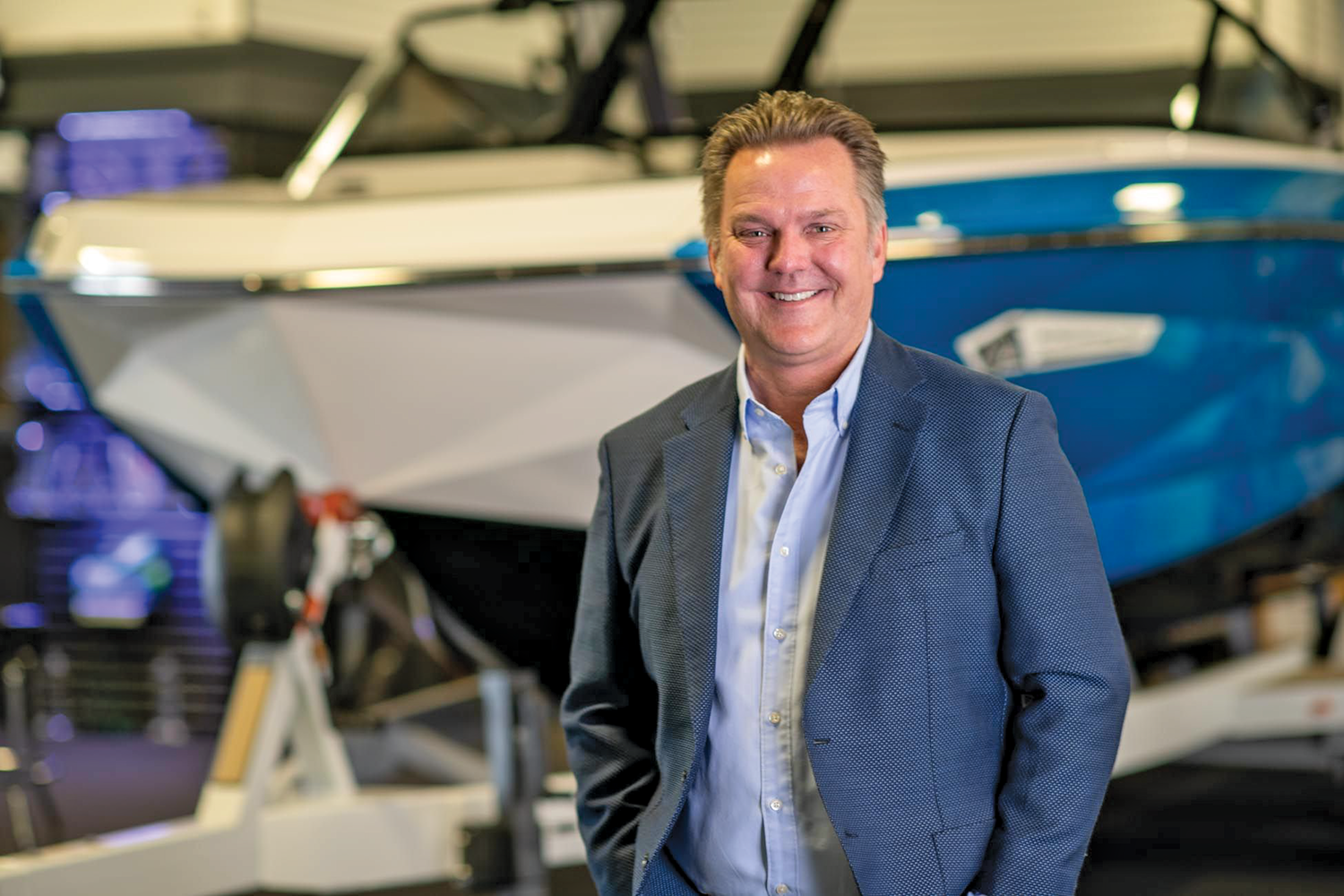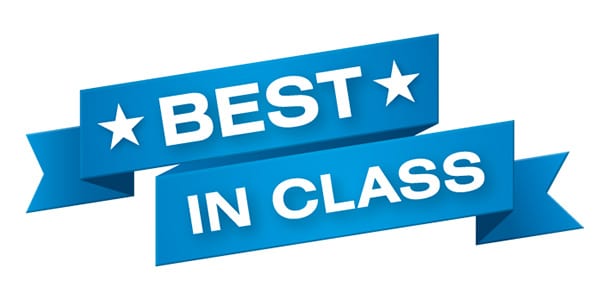2017 Boating Industry Bold Moves
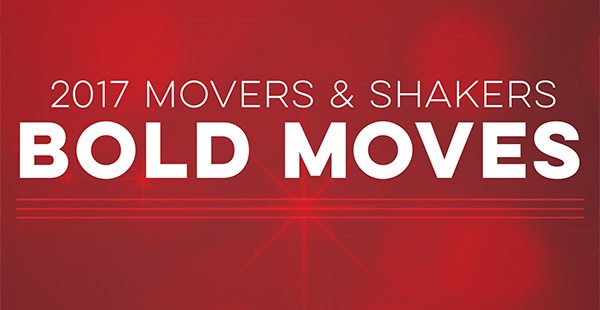
On the previous pages, we profiled our four 2017 Movers & Shakers, but several other industry leaders are also working to grow the boating industry.
The six leaders on the following pages are making bold moves to advance boating by growing its customer base, improving technology, bringing industry stakeholders together and raising the bar of professionalism for the entire industry.
Building relationships
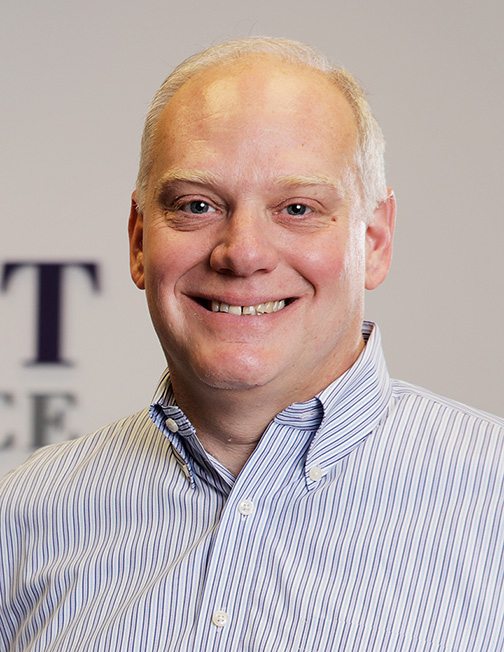 Russell Baqir
Russell Baqir
Vice president of business development, Northpoint Commercial Finance
Alpharetta, Ga.
Russell Baqir has been with Northpoint since the company’s entrance into the marine floorplan market, which Baqir said was lacking competition at the time. His history with the marine industry is in helping companies as an account manager, credit manager and a division president for another floorplan company. He also worked as a consultant on inbound logistics of materials.
At the beginning of his tenure, Baqir was tasked by Northpoint with penetrating the relationships that existed between already established finance lenders in the industry and OEMs and dealers in order to share the company’s story.
“Prior to us stepping in, there really wasn’t an alternative,” he said. “We wanted to provide the dealers and OEMs with another source of financing.”
In the past five years, Northpoint’s marine volume and receivables have grown at an annual compounded growth rate of over 25 percent.
“Northpoint has been a key player in reducing the cost of borrowing for dealers and manufacturers in the floorplan segment of the business,” said Baqir. “Most of us at Northpoint have spent years in the finance industry building meaningful relationships, and those relationships have proven to be the difference and launching pad for Northpoint’s ongoing growth and success in the marine industry.”
Baqir’s commitment to the OEMs and dealers has produced key relationships and partnerships throughout the marine industry. He said the success of the company is built on relationships and listening to problems that often plague the dealers and OEMs.
“Understanding the importance of OEMs and dealers having choices and a finance model that is not challenged with significant overhead expense and stale, time-consuming practices and processes, has been a key ingredient in growing the marine industry for Northpoint,” said Baqir. “It’s not necessarily tied to the cost of rate, but the benefit of having somebody that can give you a decision in less than two days or the flexibility that they have access to our CEO.”
Baqir understood the constraints of the industry in good times and bad, and was able to create programs that addressed those issues. At Northpoint, his goal is to offer OEMs and dealers a personalized choice that benefits them. The relationships Northpoint builds with its customers also allow the company to bridge the gap between dealers and manufacturers, as those groups can be segmented.
“I think sometimes, right, wrong or indifferent, floorplan can sometimes bridge that in that [the whole segment] is around talking to people and hearing what their problems are. We’re not consultants, we can’t advise, but we can give them some ideas as we’re seeing different things being employed in different places,” said Baqir. “Our goals will never be achieved if we don’t put our customers’ goals first, and we live that. We believe that.”
This year, Northpoint was acquired by Laurentian Bank of Canada. The transaction closed on Aug. 11. Baqir said the distinguishing features that have guided Northpoint have remained and will continue to be strengthened following the transaction with LBC Capital.
Working together
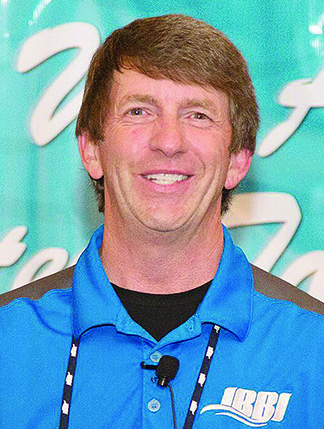 Tom Broy
Tom Broy
President, Independent Boat Builders, Inc.
West Frankfort, Ill.
Tom Broy has been helping boatbuilders since 1993, first as a contract manager and eventually as president of Independent Boat Builders, Inc.
IBBI uses the buying volume of the entire group and puts together supply contracts with suppliers that are better than individual builders could get on their own. This has helped boatbuilders manufacture better boats and be more competitive in the marketplace for over 28 years.
“It’s an encompassing effort we give our members. Not only do we help them as far as the supplier programs or trainings, one of the largest values is the ability to network and brainstorm with your peers,” said Broy. “Often times our members reflect ‘How can I help one of my fellow members, even if he’s a competitor, be more competitive or build a better boat?’ I think the overall sharing of processes, technology and the raw materials used in a boat, that’s a big deal.”
When IBBI was originally formed, its purpose was exclusively buying sterndrive engines. Broy worked with the IBBI board to diversify the membership to bring in a multitude of builders from other segments – pontoons, ski boats and center console fishing. Now, about 20 percent of all boats sold in the U.S. are built by an IBBI boatbuilder.
“That is really what has made us most successful today, because we all know what happened during the [last] downturn, and the IBBI membership base did better than most,” said Broy.
As a part of his work at IBBI, Broy has led several educational initiatives for members, forming committees and groups such as the IBBI Vision Meeting, IBBI new Technologies Summit, IBBI Technical Committee and several seminars for promoting excellence within the group. For instance, this year at the CAMX trade show, IBBI will hold a meeting to focus on new technology, an important issue for boatbuilders looking to innovate.
“What other processes or technologies are out there, maybe in aerospace or automotive, that could to help us improve how we build boats? Overall, the industry really hasn’t changed how boats are manufactured over the past 25 years. I feel as though the IBBI members have been out in front of what changes have taken place in boatbuilding,” said Broy. “However, with our CAMX Summit, we’re hoping to help educate the members to bring some of these new technologies from other industries into their shops.”
Growing boating
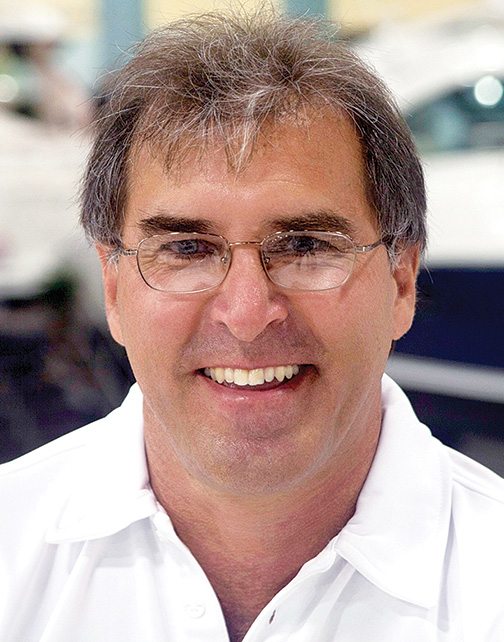 Joe Lewis
Joe Lewis
Owner, Mount Dora Boating Center
Mount Dora, Fla.
When it comes to industry involvement, Joe Lewis is a leader among his fellow dealers. He has been on the Grow Boating Board of Directors since 2006, the Marine Retailers Association of the Americas’s Board of Directors since 2004 and joined the Recreational Boating and Fishing Foundation Board of Directors this year. He has chaired the Grow Boating board since 2010 and became chairman of the MRAA board this year.
Lewis’s involvement on these boards is part of his continued effort to help expand boating’s market to new customers.
“We’ve got a very compelling story to tell about boating. We just need to be telling it to a much broader audience, and that’s what the Discover Boating and Grow Boating program is all about,” he said. In the past year alone, more than three million consumers have been moved from the Discover Boating website to manufacturer websites to shop for a boat.
As chairman of the Grow Boating board, Lewis is working on finding new opportunities for funding that will allow the program to expand its audience. And as he starts his tenure as MRAA board chairman, Lewis’s goal is to help President Matt Gruhn continue building the association’s prominence and reputation in the industry.
“Long term, what we would like to see with MRAA is it could become a resource for anyone that’s involved with retailing marine product to be able to call upon,” said Lewis. “The best way to describe it is to provide resources for marine retailers to help them run better, more productive businesses.”
Despite running a busy and successful dealership, Lewis takes the time to be involved in these boards because he believes his and his fellow dealers’ futures depend on it.
“I can relate 100 percent, especially dealing with [emergencies], about the demand and the day to day. But those demands and the day to day aren’t going to be there in 10 years if we don’t take the steps to nurture our future markets.”
Lewis’s involvement in Grow Boating allows him to use Mount Dora Boating Center as a “laboratory” of sorts for testing Discover Boating strategies and methods in a retail setting, and take his findings back to the board to highlight what works and what doesn’t.
One strategy Lewis has determined works is developing opportunities for experiential boating, or giving people excuses to use the boat.
“It seems elementary and it seems like we shouldn’t have to do that, but we find the more opportunities we create to give people an excuse to use their boat – be it a dinner cruise, a boat-in movie night on the water, destination cruises, whatever – the more our customer base seems to be involved,” he said. “And the more they use their boats, the happier they are and they think about buying bigger boats.”
Leading by example
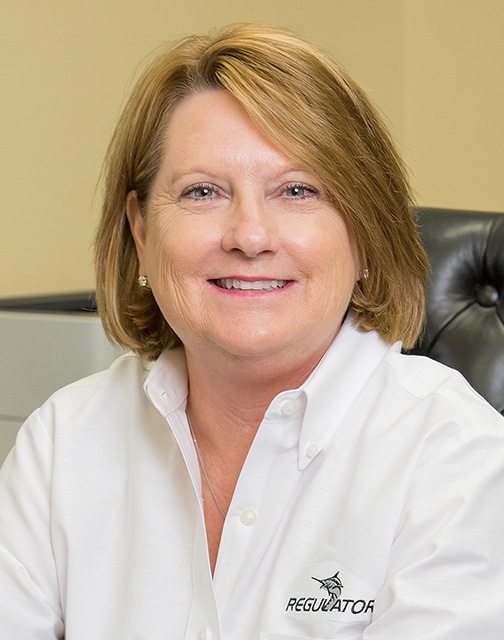 Joan Maxwell
Joan Maxwell
President, Regulator Marine, Inc.
Edenton, N.C.
Joan Maxwell has led Regulator Marine through its humble beginnings – building one model nearly 30 years ago, when the market did not offer many center consoles – to the manufacturer it is today. The manufacturer is expanding both its team and physical plant in Edenton, N.C., increasing the assembly team by 40 percent and adding 4,000 square feet to the factory. The expansion will allow for Regulator to increase production capacity by 20 percent.
“Regulator has seen growth in the depth of its product line, its dealer network and its internal processes,” said Maxwell. “One of the outgrowths that we did not foresee was the positive ways that Regulator could impact the lives of its team members and the community that we all live and work in.”
Maxwell has made it a priority at Regulator to promote safety. As a result, the North Caroline Department of Labor/OSHA recognized Regulator as a Star Site, a certified safe site, of which there are roughly 120 in the state.
“One of our core values is safety – a non-negotiable adherence to teaching and practicing all safety policies and procedures,” said Maxwell.
Maxwell has been a leader for women in the boating industry for a long time. She was named the Darlene Briggs Woman of the Year in 2003, was named a 2015 STEP Award Honoree highlighting women in manufacturing, and was named the first woman to chair the National Marine Manufacturers Association Board of Directors.
During her tenure on the NMMA board, the association moved the Miami Boat Show from the convention center to its new location at Miami Marine Stadium.
“It was so humbling and such an incredible honor to have the privilege of serving as the chair of the NMMA. This industry is filled with such talented people and I learned so much just sitting around the NMMA board table listening,” said Maxwell. “Each manufacturer brings their passions, experience and their voice to our legislators and governing bodies. When we speak as the voice of our individual companies, we speak with a much smaller voice than when we speak as the industry.”
The collective power of manufacturers is significant to Maxwell. She said NMMA speaks with the voice of thousands concerning legislative, environmental and fishing issues.
“There are many laws and regulations that our association fights against – laws and regulations that if were enacted would have detrimental effects on our business,” said Maxwell. “We wrestle through issues that impact us all and in the end come up with better solutions than we could have come up with on our own.”
Service sustainability
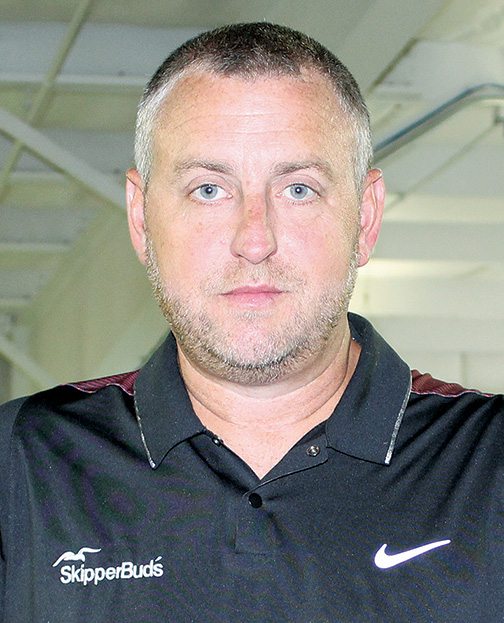 Mike Pretasky, Jr.
Mike Pretasky, Jr.
CEO/Owner, SkipperBud’s
Winthrop Harbor, Ill.
SkipperBud’s has grown to be a 17-location marine dealership, anchored largely in the Midwest with some Western locations as well. What has helped SkipperBud’s grow in that time, including during the last recession, is a focus on service, parts and storage.
“We strongly believe controlling the customer on the back side will drive your sales business in the future,” said Mike Pretasky, Jr. “When you sell a customer a boat, that’s a one-time benefit. But if you slip and store and service that customer every year, that’s an annual annuity over a course of however long he owns that boat.”
With the seasonality of the Midwestern business, a strong service foundation allows SkipperBud’s to continue growing and keep its technicians employed year round. Because its over 65 technicians are working on boats over the wintertime, SkipperBud’s has a strong department come summer.
“It keeps us being able to have a good service business in the summer because we have more employees than the average marine dealer, because we can keep them employed year round,” said Pretasky, Jr.
Because SkipperBud’s offers full-time work for 12 months of the year, the dealership is able to bring in young trainees for a three-year training program with experienced techs.
“We can afford to keep all these guys busy because of all the boats we store in the wintertime,” said Pretasky, Jr. “We can keep a higher number of trainees, which enables us to grow our technical base.”
Diversifying the business is critical for boat businesses that want to thrive in the new boating market, according to Pretasky, Jr., who said that in today’s time service is more important than any other aspect of the business.
“I don’t think the volume will ever be back to where it was, so every customer is important,” he said. “If you don’t make it fun for the customer and enjoyable for the customer, changes are he’ll leave boating. The more we can service and make it easy for the customer, the longer he’ll stay in boating.”
The growth strategy at SkipperBud’s is largely focused on building up facilities and upgrading infrastructure and in-house processes, but that doesn’t mean the company is uninterested in adding locations.
“If there’s an opportunity to grow and it makes good sense for the rest of the business, we do it,” said Pretasky, Jr.
Product innovation
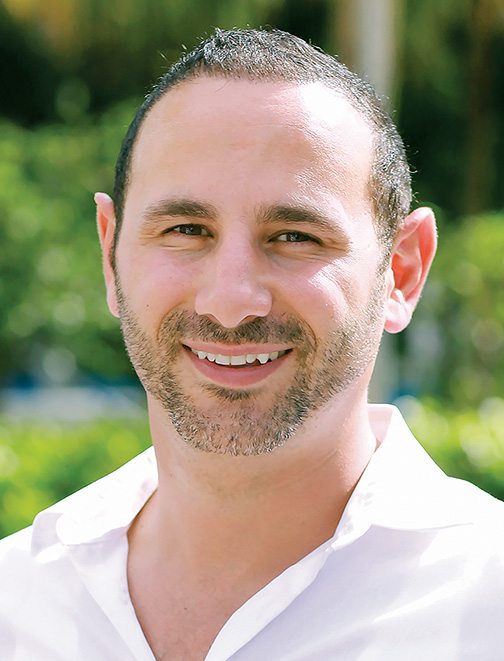 Andrew Semprevivo
Andrew Semprevivo
Chief Operating Officer, Seakeeper
California, Md.
When Seakeeper first introduced its gyroscope for boats in 2008, it was only available for larger yachts. Thanks to efforts led by Andrew Semprevivo, the company now manufactures the gyros for smaller craft.
“The vision behind Seakeeper is to forever change boating, and that’s to forever change boating for everyone,” said Semprevivo. “We feel to forever change boating for the people currently in the industry but truly believe that if we stabilize every boat – which is causing a lot of anxiety, boat roll and puts a lot of people off to boating – that we can not only provide better experiences for those within [but] that we can bring new people into boating and grow the industry as a whole.”
The new technology allows Seakeeper to offer its product to entry-level boaters. The original M7 was for 50- to 60-foot boats, and today the Seakeeper line stretches down to 30-foot craft. The company’s goal by 2021 is to have a product for boats 21-23 feet.
“We have seen, on average, 50 percent year-on-year growth over the last five years, and we anticipate that growth at least for the foreseeable five to 10 years because we are reaching into smaller markets, and every year coming out with new product,” said Semprevivo. “We have over 4,500 units in the field today in eight years. And this year, we’re going to be on pace for a little under 2,000 units just in 2017.”
Seakeeper’s mission is to stabilize boating and make it as easy for someone to jump in and do for the first time as driving a friend’s car.
“People have so much anxiety surrounding boating. ‘Hey, go take my boat for a ride.’ ‘Whoa, I don’t know how to drive your boat, I don’t know how to do this.’ But no one would ever say that about a car – you just get in and start to drive. Everyone pretty much drives the same and it’s pretty easy to do,” said Semprevivo. “I feel and our founders felt that boating should be the same.”
The company also wants to open up boating to more people with its gyros, knowing that seasickness is a major hurdle for many potential customers who would enjoy the boating experience otherwise.
“Seventy percent of people that get on boats get seasick, and obviously those people in most cases never want to get on a boat again,” said Semprevivo. “So if we really want to have an impact on an industry, how can we get those 70 percent of people that get on a boat and never want to get on again get on the boat and say ‘wow, this is amazing. I can’t believe I never took up this hobby earlier, and I want to stay with it.’”

